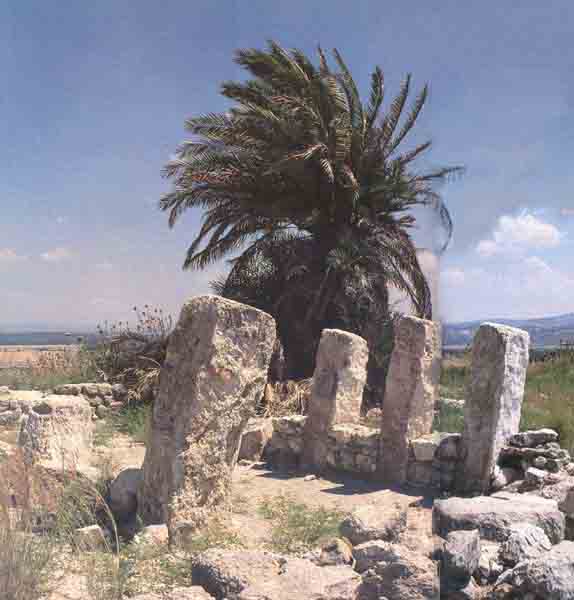
When Israel Finkelstein and David Ussishkin return to excavate Megiddo [see “Back to Megiddo,” in this issue], I hope they will look for King Solomon’s Stables. In the last few years, although I haven’t actually dug at Megiddo, I think I may have glimpsed them. Maybe Finkelstein and Ussishkin will be able to tell me if I’m right.
The Oriental Institute excavators thought they had found Solomon’s Stables in two areas of the mound: northeastern (the northern stables) and southern (the southern stables). These stables consisted of rows of long narrow rooms grouped in threes, with each group of three rooms separated by a solid wall. Each group of three rooms was divided within only by monolithic pillars, with stone containers, identified as mangers, between the pillars. The two side rooms were paved with stones; the center room was paved with lime plaster. The horses, it was supposed, stood in the side aisles; holes in the pillars were for tethering the horses, and the central room allowed access to them. Interesting calculations were made about the organization of Solomon’s chariot force: The Megiddo stables apparently provided accommodation for three squadrons of chariot horses, each consisting of 50 chariot-teams of three horses each, making a total of 450 horses.1
Already a library member? Log in here.
Institution user? Log in with your IP address.

